Kirill Mazur
SuperPrimitive: Scene Reconstruction at a Primitive Level
Dec 10, 2023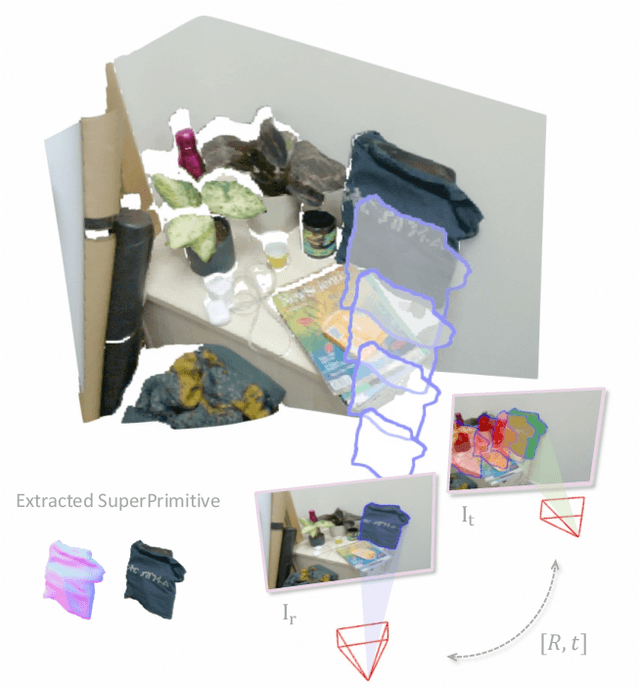
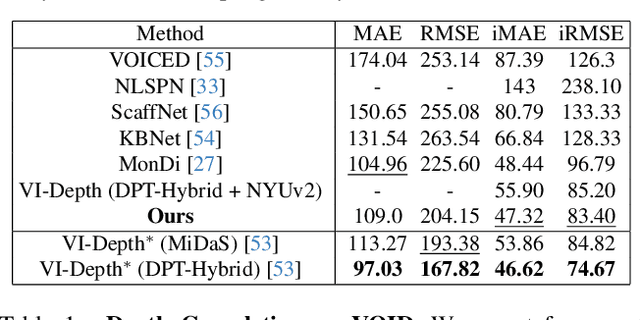
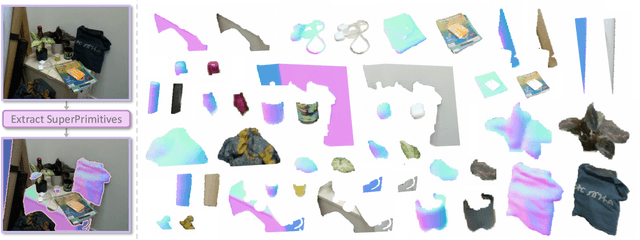
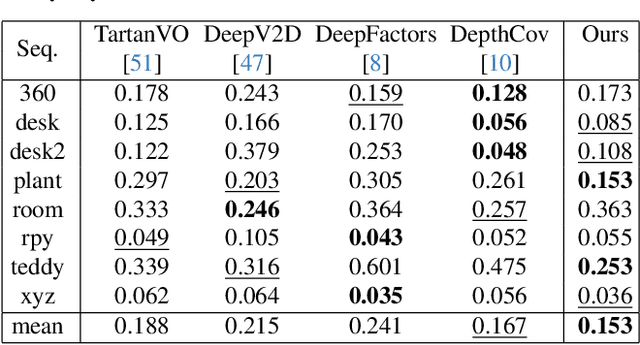
Abstract:Joint camera pose and dense geometry estimation from a set of images or a monocular video remains a challenging problem due to its computational complexity and inherent visual ambiguities. Most dense incremental reconstruction systems operate directly on image pixels and solve for their 3D positions using multi-view geometry cues. Such pixel-level approaches suffer from ambiguities or violations of multi-view consistency (e.g. caused by textureless or specular surfaces). We address this issue with a new image representation which we call a SuperPrimitive. SuperPrimitives are obtained by splitting images into semantically correlated local regions and enhancing them with estimated surface normal directions, both of which are predicted by state-of-the-art single image neural networks. This provides a local geometry estimate per SuperPrimitive, while their relative positions are adjusted based on multi-view observations. We demonstrate the versatility of our new representation by addressing three 3D reconstruction tasks: depth completion, few-view structure from motion, and monocular dense visual odometry.
Feature-Realistic Neural Fusion for Real-Time, Open Set Scene Understanding
Oct 06, 2022



Abstract:General scene understanding for robotics requires flexible semantic representation, so that novel objects and structures which may not have been known at training time can be identified, segmented and grouped. We present an algorithm which fuses general learned features from a standard pre-trained network into a highly efficient 3D geometric neural field representation during real-time SLAM. The fused 3D feature maps inherit the coherence of the neural field's geometry representation. This means that tiny amounts of human labelling interacting at runtime enable objects or even parts of objects to be robustly and accurately segmented in an open set manner.
Point-Based Modeling of Human Clothing
Apr 22, 2021
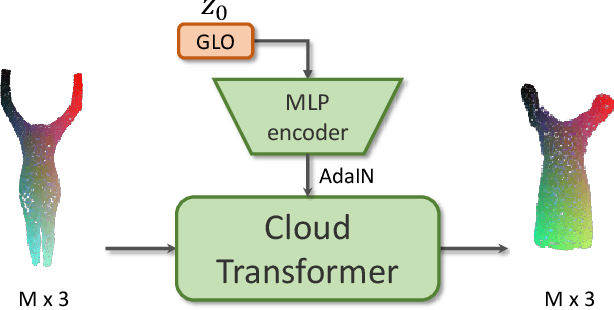
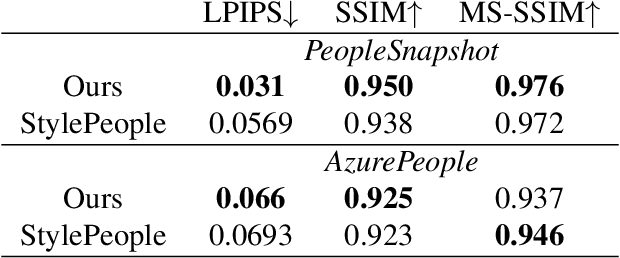
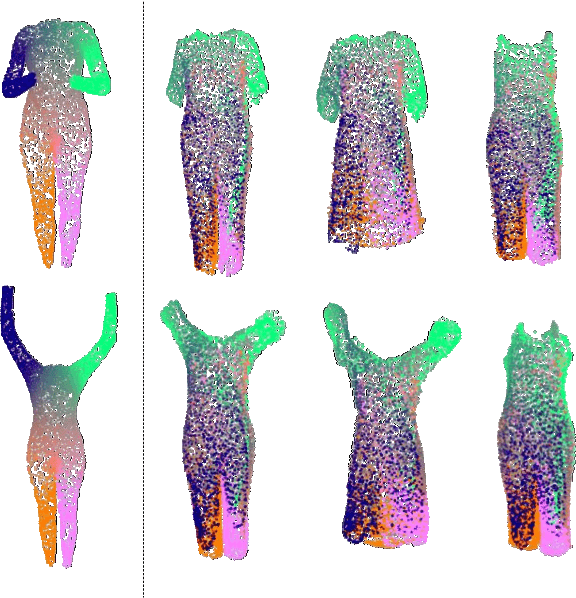
Abstract:We propose a new approach to human clothing modeling based on point clouds. Within this approach, we learn a deep model that can predict point clouds of various outfits, for various human poses and for various human body shapes. Notably, outfits of various types and topologies can be handled by the same model. Using the learned model, we can infer geometry of new outfits from as little as a singe image, and perform outfit retargeting to new bodies in new poses. We complement our geometric model with appearance modeling that uses the point cloud geometry as a geometric scaffolding, and employs neural point-based graphics to capture outfit appearance from videos and to re-render the captured outfits. We validate both geometric modeling and appearance modeling aspects of the proposed approach against recently proposed methods, and establish the viability of point-based clothing modeling.
Cloud Transformers
Jul 22, 2020



Abstract:We present a new versatile building block for deep point cloud processing architectures. This building block combines the ideas of self-attention layers from the transformer architecture with the efficiency of standard convolutional layers in two and three-dimensional dense grids. The new block operates via multiple parallel heads, whereas each head projects feature representations of individual points into a low-dimensional space, treats the first two or three dimensions as spatial coordinates and then uses dense convolution to propagate information across points. The results of the processing of individual heads are then combined together resulting in the update of point features. Using the new block, we build architectures for point cloud segmentation as well as for image-based point cloud reconstruction. We show that despite the dissimilarity between these tasks, the resulting architectures achieve state-of-the-art performance for both of them demonstrating the versatility of the new block.
 Add to Chrome
Add to Chrome Add to Firefox
Add to Firefox Add to Edge
Add to Edge